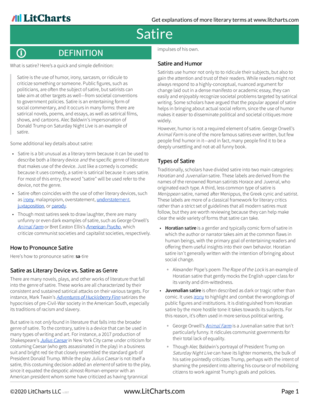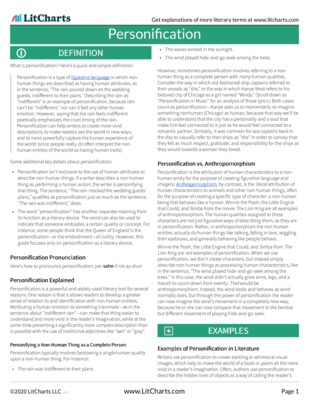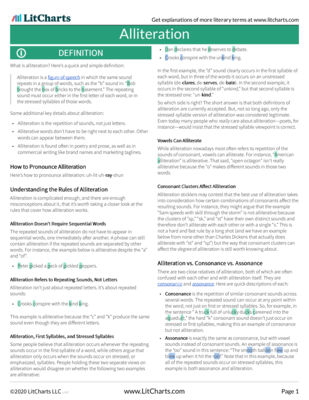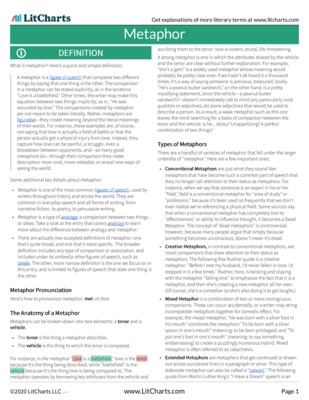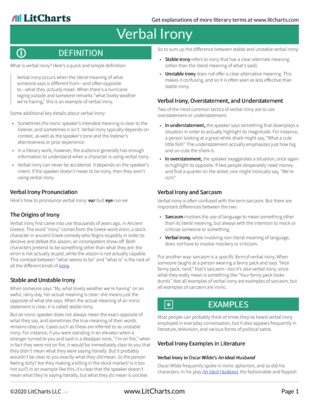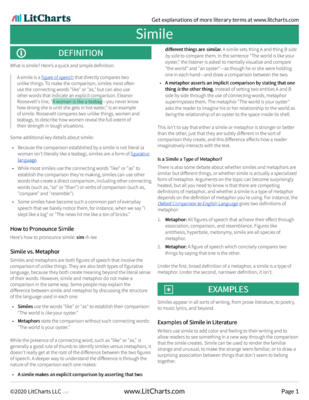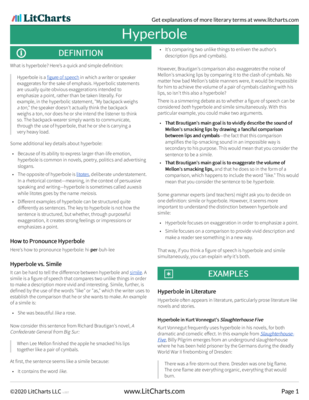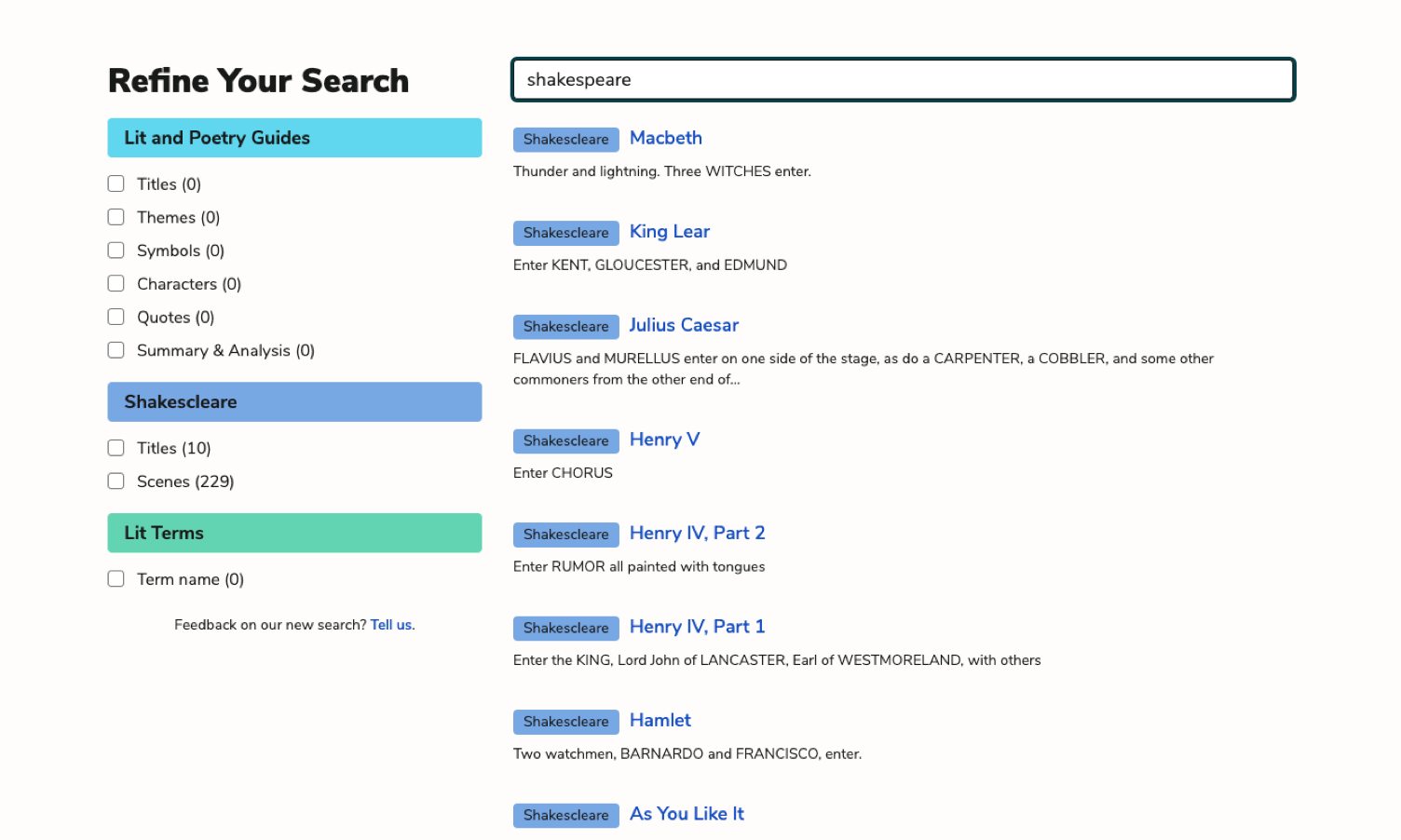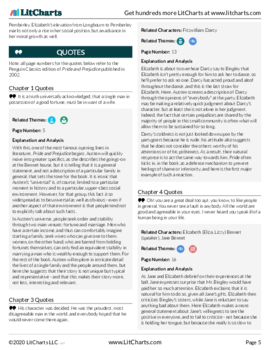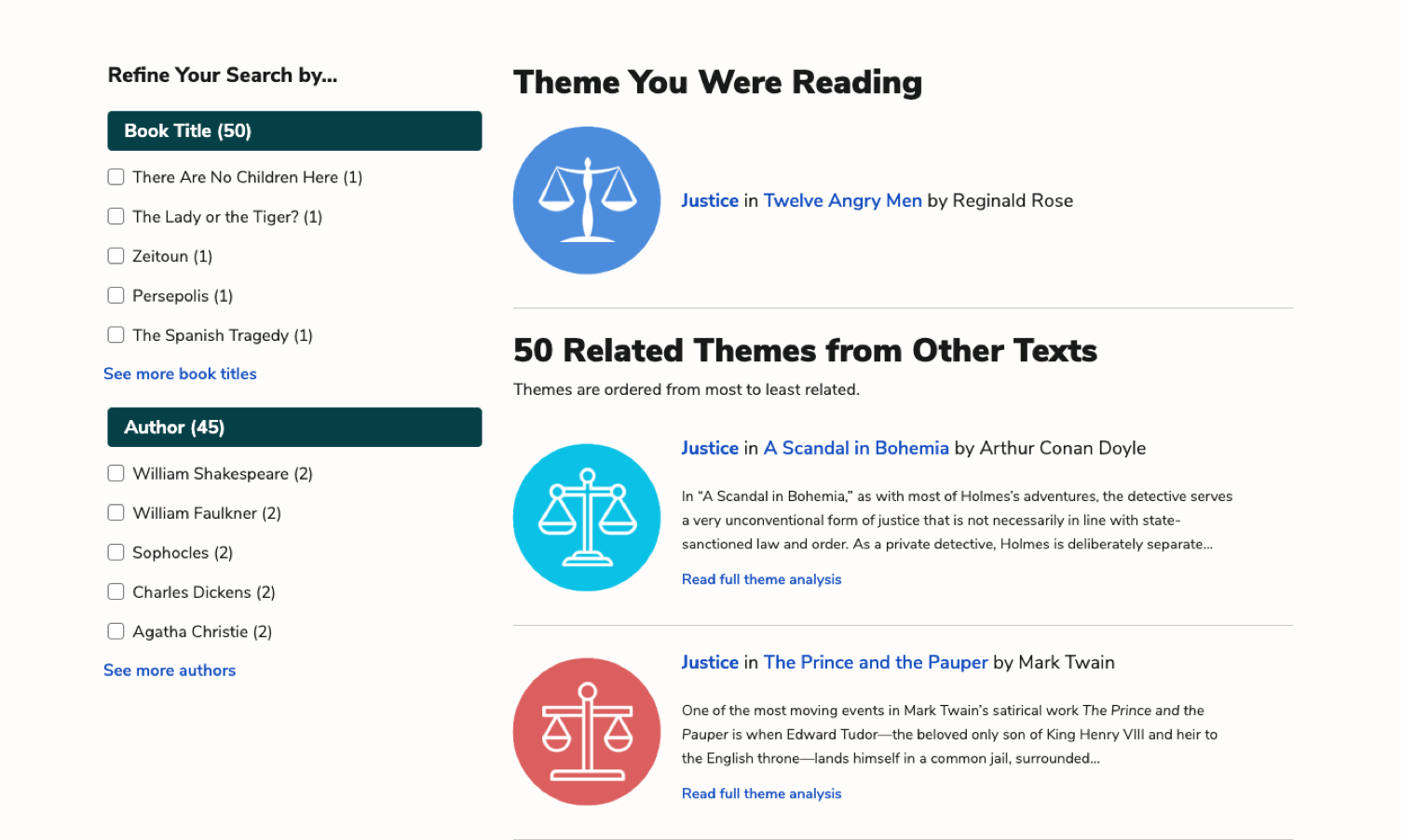- All's Well That Ends Well
- Antony and Cleopatra
- As You Like It
- The Comedy of Errors
- Coriolanus
- Cymbeline
- Hamlet
- Henry IV, Part 1
- Henry IV, Part 2
- Henry V
- Henry VI, Part 1
- Henry VI, Part 2
- Henry VI, Part 3
- Henry VIII
- Julius Caesar
- King John
- King Lear
- Love's Labor's Lost
- A Lover's Complaint
- Macbeth
- Measure for Measure
- The Merchant of Venice
- The Merry Wives of Windsor
- A Midsummer Night's Dream
- Much Ado About Nothing
- Othello
- Pericles
- The Rape of Lucrece
- Richard II
- Richard III
- Romeo and Juliet
- Shakespeare's Sonnets
- The Taming of the Shrew
- The Tempest
- Timon of Athens
- Titus Andronicus
- Troilus and Cressida
- Twelfth Night
- The Two Gentlemen of Verona
- Venus and Adonis
- The Winter's Tale
plus so much more...
-
Lines 1-2
The poem's title tells readers that it takes place in Harlem, a historically Black neighborhood of New York City, and that it's about a dancer. The poem's first line then dives right into the action, creating the impression of a scene that has been going on for some time.
The "dancer" of the title is apparently an exotic one, given the references to her lack of clothing and the raucous atmosphere around her. The mention of rowdy young people laughing and clapping suggests that this is all happening in a nightclub, while the mention of "young prostitutes" highlights the seediness of this club (remember that this poem was written around the 1920s, when social mores were even stricter than they are nowadays).
Already, though, the poem suggests that not all is as it appears to be. The fact that these "prostitutes" are "young," for example, suggests their innocence. The fact that the other audience members are "youths" does the same, perhaps implying that young people are forced to grow up quickly in Harlem.
The sounds of the poem evoke its lively atmosphere. The first line's meter, for instance, is not the typical iambic pentameter of an English sonnet (five iambs, or da-DUMs, in a row)—at least, not exactly. The first two feet are indeed iambs, but then the stressed and unstressed syllables get jumbled around a bit:
Applaud- | ing youths | laughed with | young prost- | itutes
This jumpy metrical variation emphasizes the rowdiness of the audience members, but it's not just meter that helps the first line create such a powerful atmosphere:
- Consonance on the /l/ sound links the audience's applause and laughter, magnifying their sounds and making them seem perhaps more sinister than friendly.
- The words "youths" and "young" are connected by alliteration on the /y/ sound, while assonance connects "youths" and "prostitutes."
- The similar sounds of "youths" and "young prostitutes" also link these two groups of people together conceptually—a connection that's important because, as will soon be clear, both the dancer and the speaker feel detached from this crowd.
Also note how the poem opens by focusing on the audience, rather than the dancer herself. And when the dancer enters the poem in line 2, the audience focuses solely on the dancer's alluring physical body—her outward appearance, which is both "perfect" and "half-clothed." This time, the line follows iambic pentameter much more closely, with some extra stressed beats simply drawing attention to the dancer's body. The line is also divided exactly in the middle by the comma after "perfect," which creates a caesura:
And watched her perfect, || half-clothed body sway;
These structural aspects of the line reflect the dancer's body: the way it is "half-clothed" (the line is divided into neat halves) and its swaying (the iambs "sway" between unstressed and stressed syllables, and the evenly divided line itself seems to sway):
While the dancer's body may, in fact, be both very beautiful and "half-clothed," it's notable that the poetic techniques of the line emphasize the way the dancer is seen by the audience rather than the way she sees herself. By enacting the audience's image of the dancer as a "perfect, half-clothed body," the line emphasizes the way the audience is objectifying the dancer—and, implicitly, begins to offer a critique of that objectification.

|
PDF downloads of all 3056 of our lit guides, poetry guides, Shakescleare translations, and literary terms.
PDF downloads of all 1912 LitCharts literature guides, and of every new one we publish.
Learn more
|
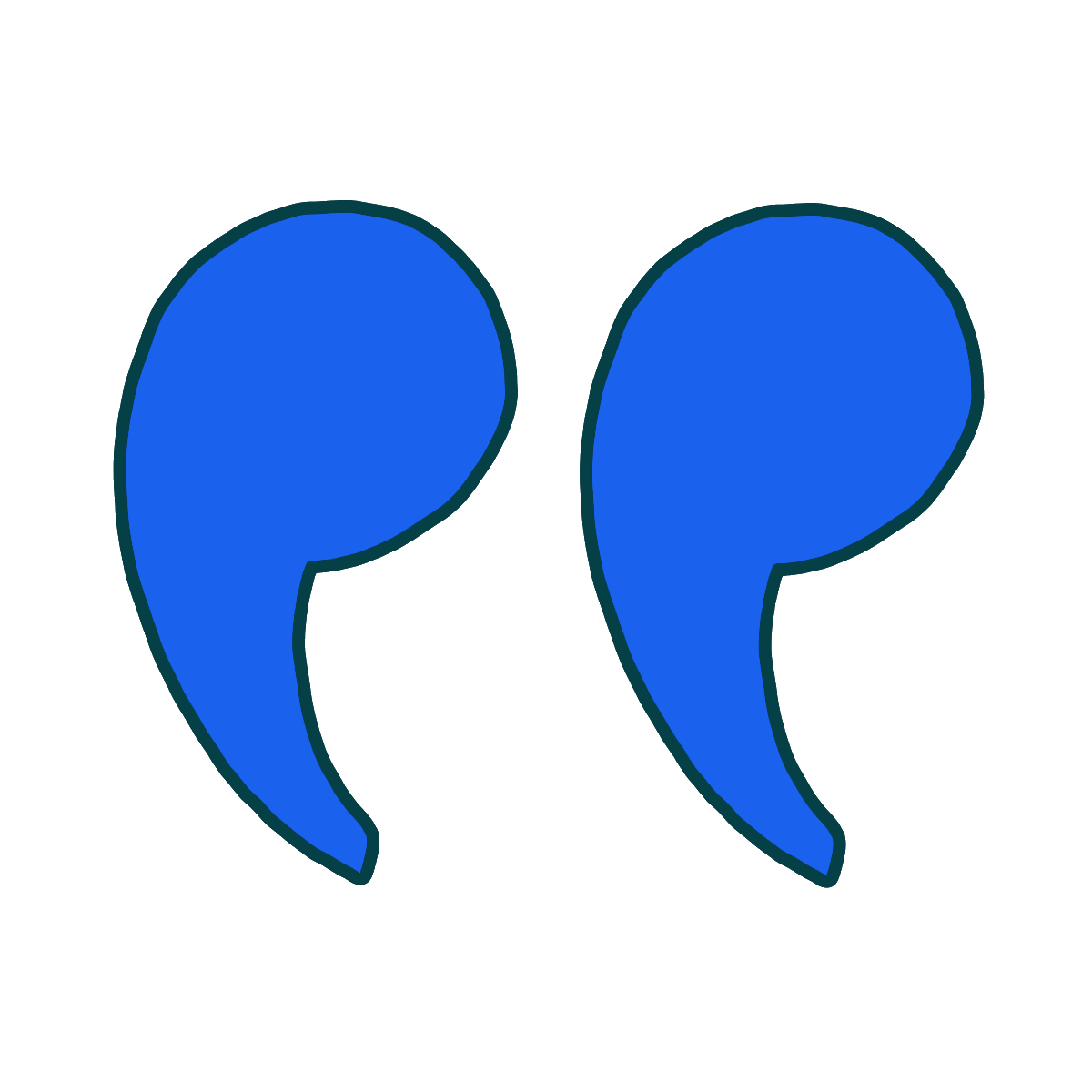
|
Explanations for every quote we cover.
Detailed quotes explanations (and citation info) for every important quote on the site.
Learn more
|

|
Instant PDF downloads of 136 literary devices and terms.
Definitions and examples for 136 literary devices and terms. Instant PDF downloads.
Learn more
|

|
Compare and contrast related themes.
Compare and contrast Related Themes across different books.
Learn more
|

|
Teacher Editions for all 1912 titles we cover.
LitCharts Teacher Editions for every title we cover.
Learn more
|

|
PDFs of modern translations of every Shakespeare play and poem.
PDFs of modern translations of every Shakespeare play and poem.
Learn more
|

|
Advanced search across our collection.
Advanced Search. Find themes, quotes, symbols, and characters across our collection.
Learn more
|

|
Line-by-line explanations, plus analysis of poetic devices for lyric poems we cover.
Line-by-line explanations, plus analysis of poetic devices for every lyric poem we cover.
Learn more
|


For every lyric poem we cover.
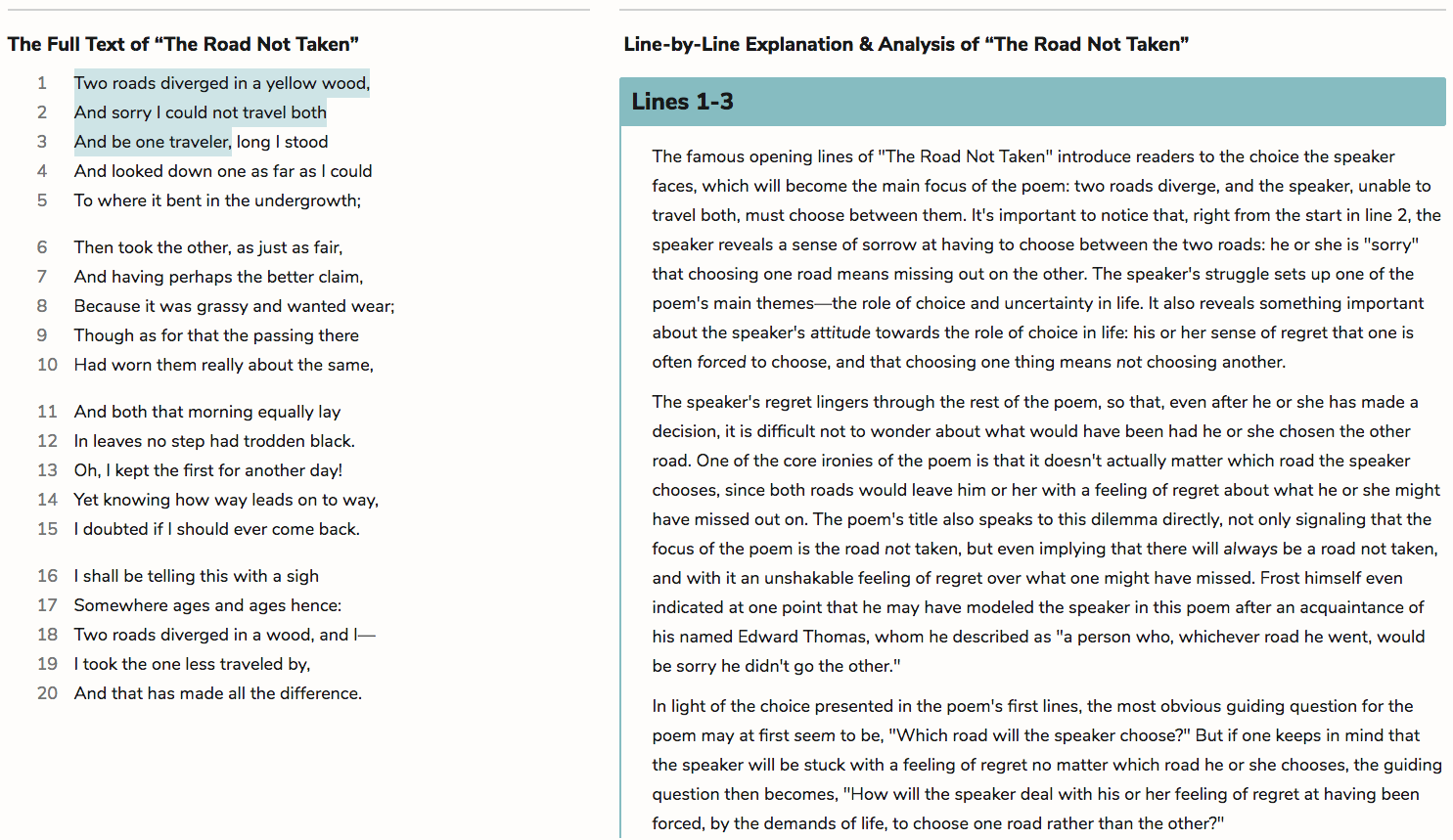


Literature Guide PDFs
LitCharts PDFs for every book you'll read this year.
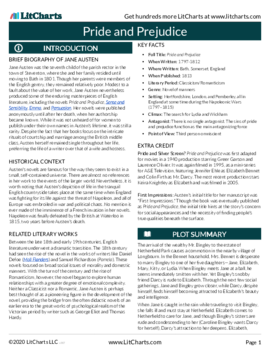


Quotes Explanations
For all 42,282 quotes we cover.
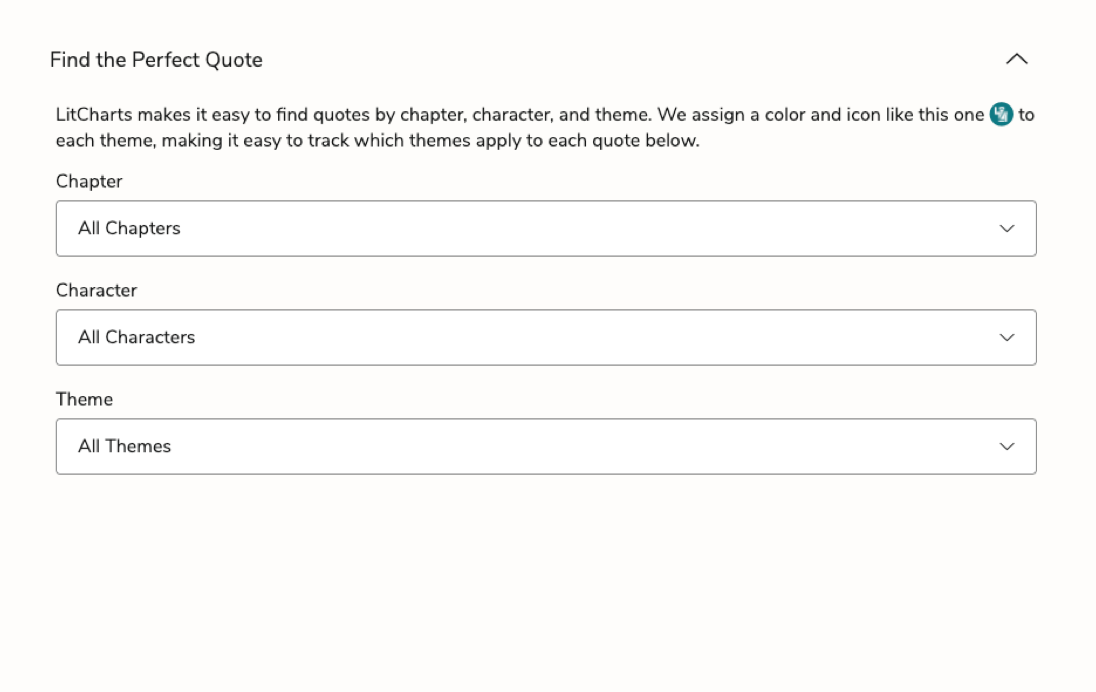
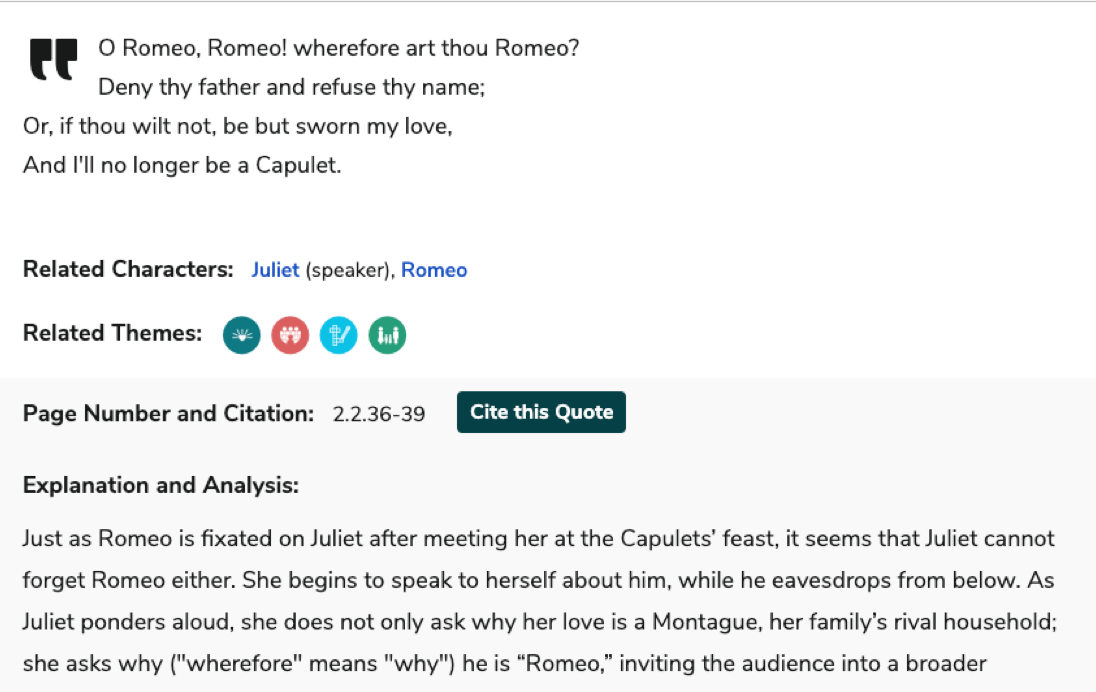
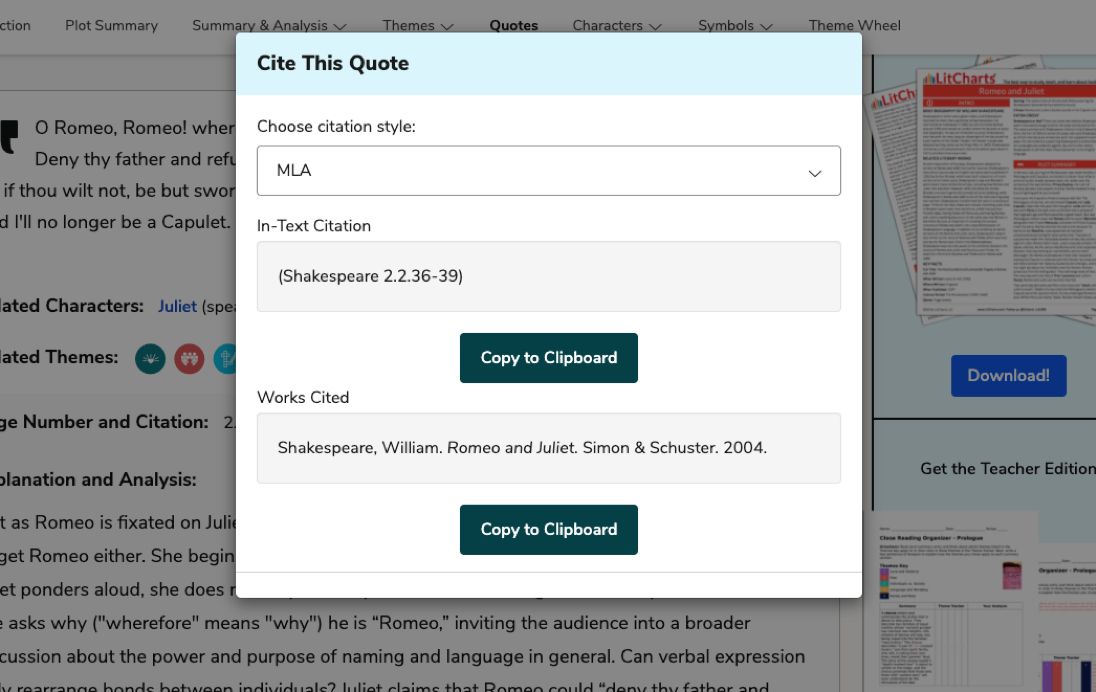


Teacher Editions
Time saved for teachers.
For every book we cover.
Common Core-aligned



PDFs of modern translations of every one of Shakespeare's 37 plays, 154 sonnets, and 3 longer poems.


Plus a quick-reference PDF with concise definitions of all 136 terms in one place.
